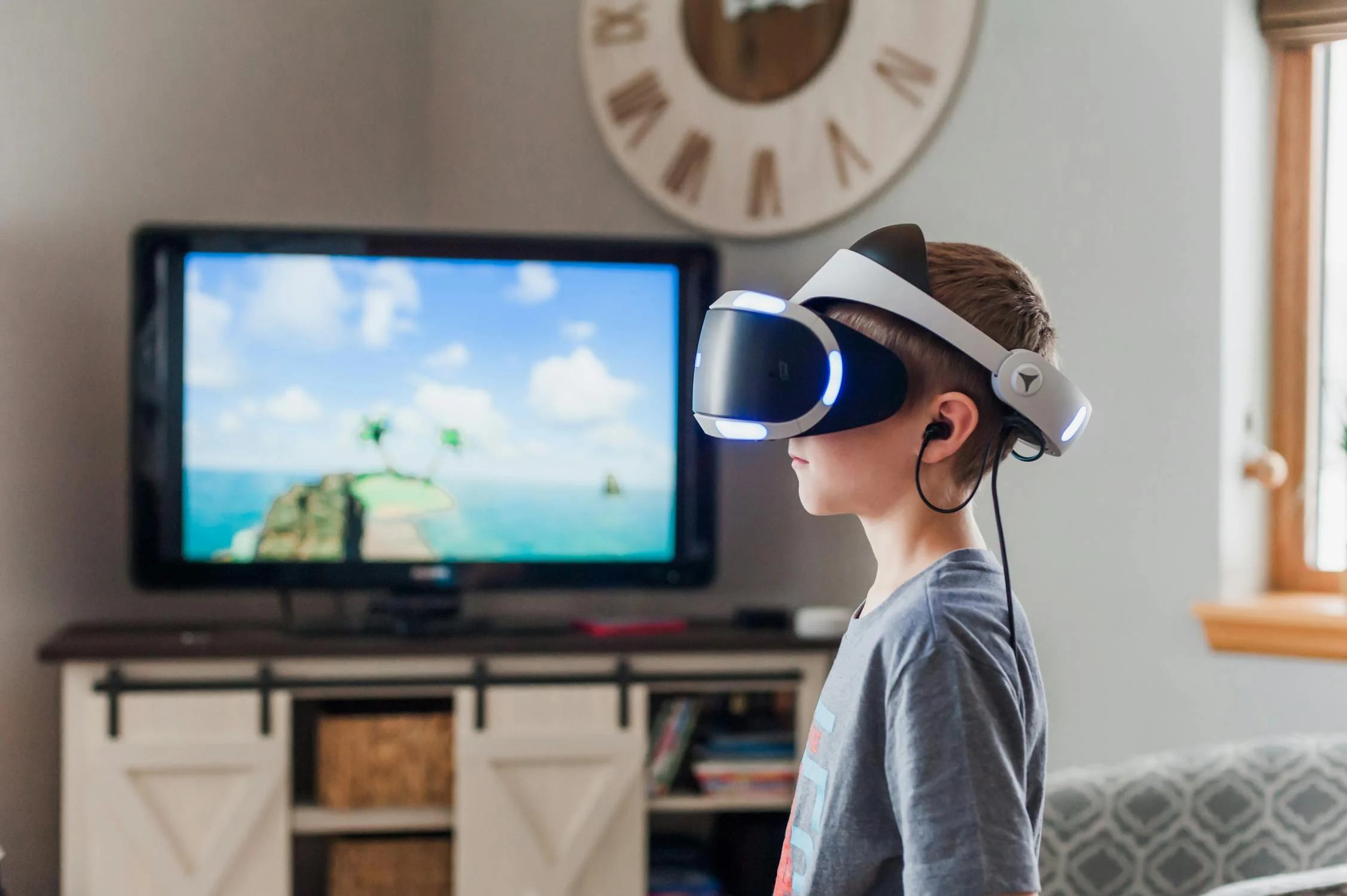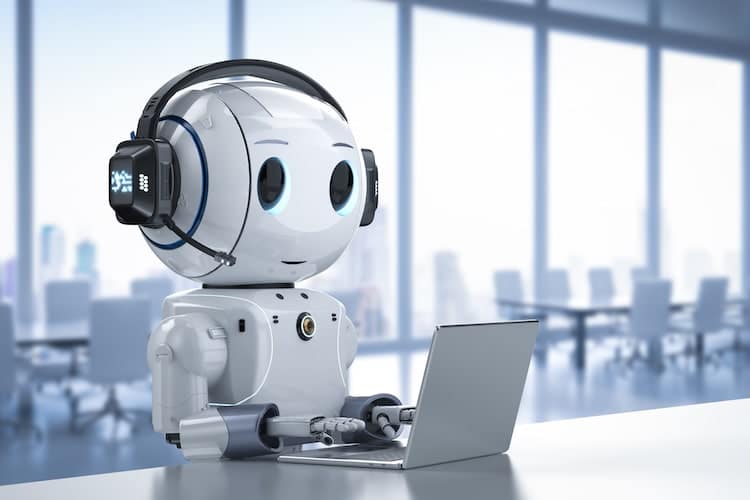Have you ever thought of a revolutionary tool, beyond educational websites for kids, that can help students grasp math and other subjects that require conceptualization and application of ideas? Well, you’re in luck!
Picture yourself entering a possibility where equations come to life, numbers have their unique personalities, and the pursuit of knowledge is a pleasant adventure. This is the beauty of virtual reality (VR). This article covers how VR is shaping education and making learning an exciting adventure.
The Impact of VR on the Classroom
Virtual reality goes beyond being a fancy device – it is an important instrument changing the way students approach education. You can consider virtual reality examples in education as a medium that enables students to engage with mathematical ideas in a way that goes beyond what they learn in the classroom.
For concepts like geometry, tutors use board drawings or static pictures, traditionally to teach kids. However, with virtual reality, students may explore, test, and understand the real-world applications of mathematics in a virtual reality environment that brings these ideas to life in a three-dimensional context.
The introduction of virtual reality is a total game-changer for students who learn best through visuals. By dedicating their time to VR, they will get a comprehensive grasp of mathematical concepts.
Virtual reality in the future of education is a real win. Imagine a classroom where students work together online, solving difficult issues using visual models and 3D graphs. This experience will boost kids’ level of engagement with their peers and their comprehension of concepts.
The Effects of VR on Mathematical Instruction
Learning VR concepts and adopting them in your math classes makes abstract ideas more relatable than with traditional tutoring methods. Virtual reality is especially useful in math that is based on spatial reasoning, like geometry, algebra, and calculus.
Geometric students, for instance, might experiment with different shapes and angles in a three-dimensional space to see how different adjustments impact their properties.
The benefits extend beyond only being able to see shapes. Virtual reality aids the comprehension of abstract mathematical concepts. Children can enter a virtual space where numbers and equations appear in the physical world. By manipulating different variables, they may see how mathematical formulas work in real time.
A significant quality of virtual reality is its ability to model virtual problems after real ones. To solve equations involving lengths or angles, for instance, students may use a virtual structure as a guide. By establishing connections to real-life situations, virtual reality improves students’ motivation and retention of mathematical ideas.
The idea of a VR teacher might become a reality as technology develops. Technological advancements will not replace human educators, but provide novel ways to connect with students. By altering the difficulty of problems in real-time based on student’s performance, virtual reality systems might potentially personalize their support to each learner.
The Role of Virtual Reality in the Educational Setting
Compared to augmentation virtual reality (AR), virtual reality (VR) takes people to a different world while AR adds digital information to the actual one.
But, which of these best describes augmented reality? Unlike virtual reality, augmented reality does not limit students to a certain area. Their view is not the real world, but rather an enhanced version of it with more data and images.
Similarly fascinating are the possible uses of AR in math education. Imagine a scenario where a 3D graph or geometric figure appears on the screen of a student’s mobile device as they hold it up to their textbook. Their interactions allow them to resize, rotate, and zoom in on the object. Mathematical concepts are easier to understand when the digital and physical worlds come together.
Augmented reality might be a godsend for schools looking to incorporate technology into the classroom but cannot afford the relatively expensive VR tools.
Virtual augmentation with AR apps will help students experience the benefits of virtual reality by imposing digital mathematical models on their real-world environments.
Students may use augmented reality to visualize mathematical concepts like fractions, angles, and functions, rather than depending on a fully immersive VR experience. What happens AR is a dynamic augmentation of learning; students may benefit from a digital connection.
Virtual Reality’s Real-World Use in Math Education
The development of VR has provided new ways for mathematical concepts for educators and students. Educational technology companies and institutions are working on VR programs to increase student engagement and performance.
Examples of virtual reality in education comprise programs that provide students with a realistic simulation of the real world to solve mathematical problems.
Immersing students in the daily lives of ancient people and teaching them about their mathematical methods is another potential application of virtual reality in education. Visitors visiting historical landmarks, such as the Roman aqueducts and the Egyptian pyramids, may have a deeper appreciation for the role that geometry and algebra had in their creation. Putting mathematics in this historical context could make it seem more interesting and applicable.
Virtual reality in future classes is a thing to be excited about. Many experts believe that the potential of this technology has only just been explored. Soon, children will be able to learn mathematical concepts (from basic algebra to calculus) in purpose-built virtual classrooms.
The Use of VR and AR to Further Mathematical Understanding
AR/VR in education in the classroom is expected to surge as their prices continue to decline. To help kids grasp and excel in difficult subjects like mathematics, schools are quickly using immersive learning experiences. As technology develops, math classes are gamifying, allowing students to compete in virtual worlds to answer problems and receive trophies or points.
It’s only a matter of time before learning with VR becomes widespread. As more teachers get VR training, there will be fewer barriers to its widespread usage. Making these immersive learning experiences accessible to pupils in schools without such state-of-the-art equipment would be a step toward educational equality.
“How can augmented reality be used in education?” is an important topic for the future. By superimposing digital content on top of students’ actual environments, augmented & virtual reality has the potential to make learning more interesting and approachable. Students may get engaging math lessons that bring the subject to life using only their mobile devices.
Conclusion
VR and AR are game-changing additions to mathematics education, and tools every school should consider adding to their classrooms. In addition to making math entertaining, they make complex concepts easier for children to understand. If current trends are to continue, these technologies, augmented reality (AR) and virtual reality (VR), bode well for the future of numerical education.
The post How Virtual Reality (VR) is Shaping the Future of Math Learning appeared first on Datafloq.



